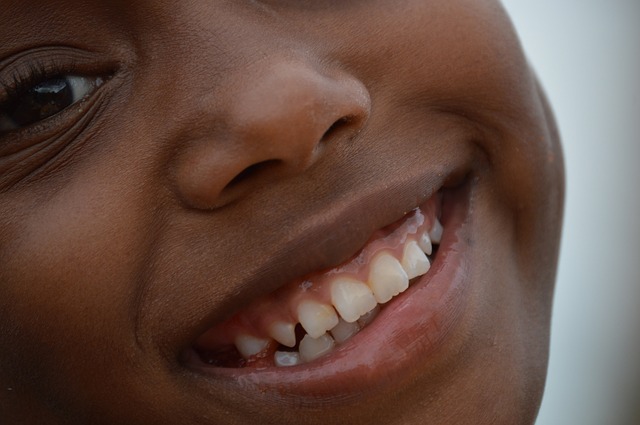On Wikipedia.
Crédito Foto: Por Abusell en Pixabay, CC0 License.
Pediatric dentists promote the dental health of children as well as serve as educational resources for parents. It is recommended by the American Academy of Pediatric Dentistry (AAPD) and the American Academy of Pediatrics (AAP) that a dental visit should occur within six months after the presence of the first tooth or by a child’s first birthday. The AAPD has said that it is important to establish a comprehensive and accessible ongoing relationship between the dentist and patient – referring to this as the patient’s “dental home”. This is because early oral examination aids in the detection of the early stages of tooth decay. Early detection is essential to maintain oral health, modify aberrant habits, and treat as needed and as simply as possible. Additionally, parents are given a program of preventative home care (brushing/flossing/fluorides), a caries risk assessment, information on finger, thumb, and pacifier habits, advice on preventing injuries to the mouth and teeth of children, diet counseling, and information on growth and development.
Through a team of highly trained dental assistants, dental hygienist, and lab technicians, a Dentist has all of the hands needed to get the job done. A dentist oversees the clinical team to ensure safe and effective oral care is being provided. As a dentist, it is their responsibility to oversee that each and every procedure is being completed correctly to prevent potential risks including but not limited to infection, nerve damage, prolonged bleeding, hematomas and pain. Responsibilities of a dentist are as followed:
·Diagnosing oral diseases.
·Promoting oral health such as cleanings and fluoride treatments and disease prevention.
·Creating treatment plans to maintain or restore the oral health of their patients.
·Interpreting x-rays and diagnostic tests.
·Ensuring the safe administration of anesthetics.
·Monitoring growth and development of the teeth and jaws.
·Performing surgical procedures on the teeth, bone and soft tissues of the oral cavity.
·Repairing or filing of decaying teeth.
·Fixing dental injuries,including fractured, displaced, and knocked out teeth.
One of their main concerns is tooth decay prevention. Not only do Pediatric Dentist just deal with the teeth, they also look at the gums, throat muscles and nervous system of the head, neck and jaw, the tongue, and salivary glands. They are to look for lumps swellings, ulcers, discolorations and when needed biopsies, tests for diseases, and oral cancers.




